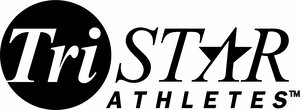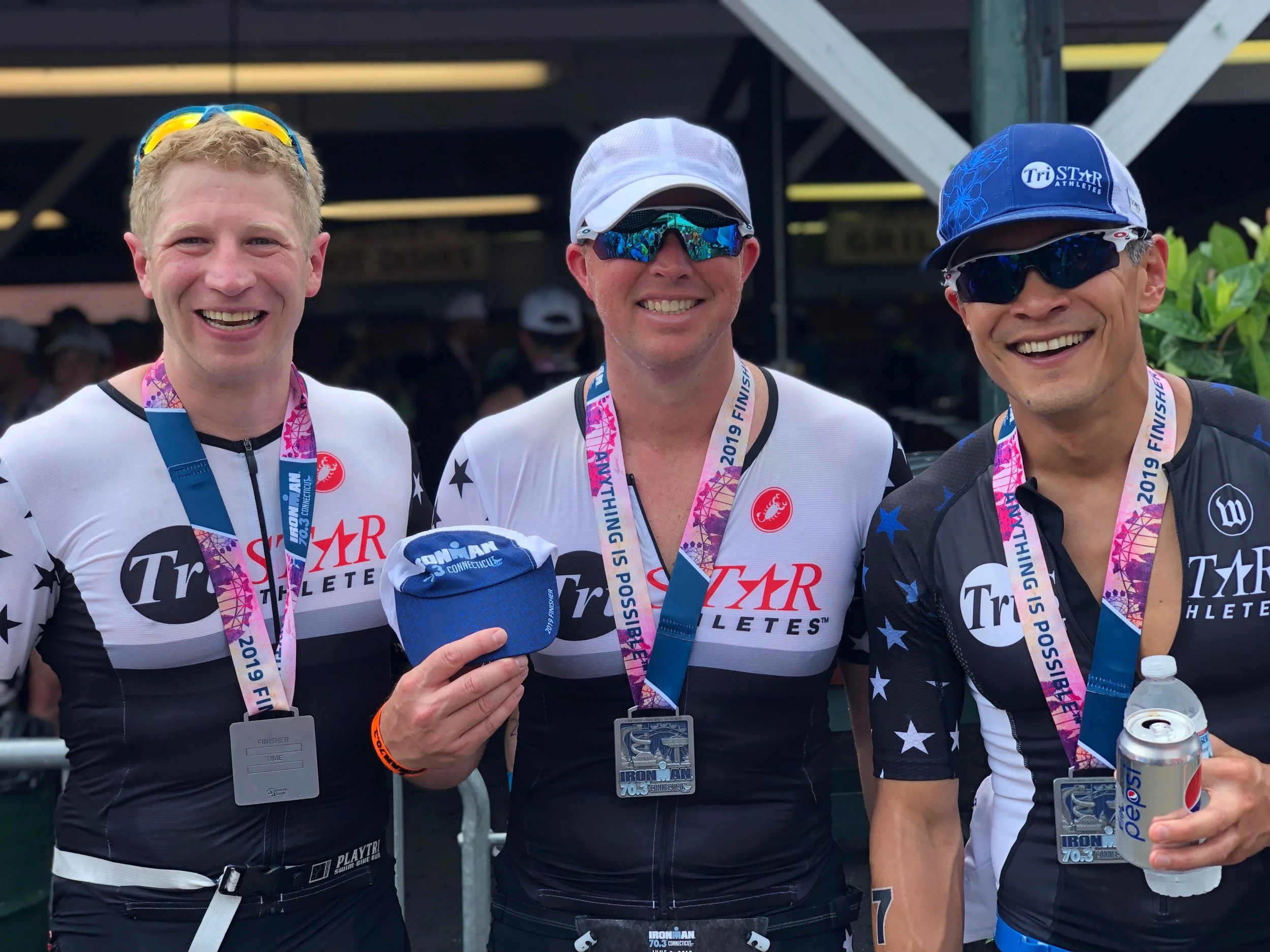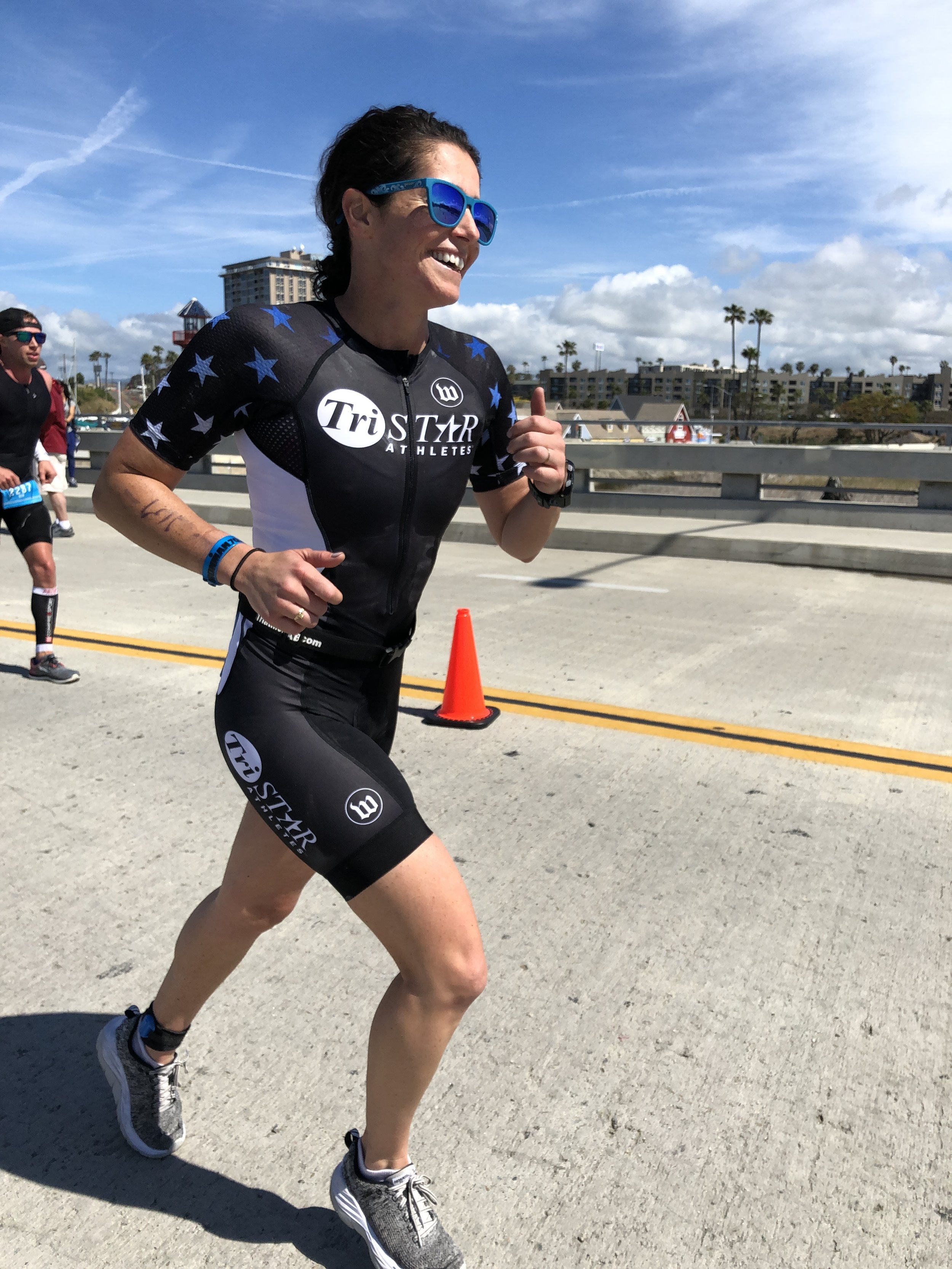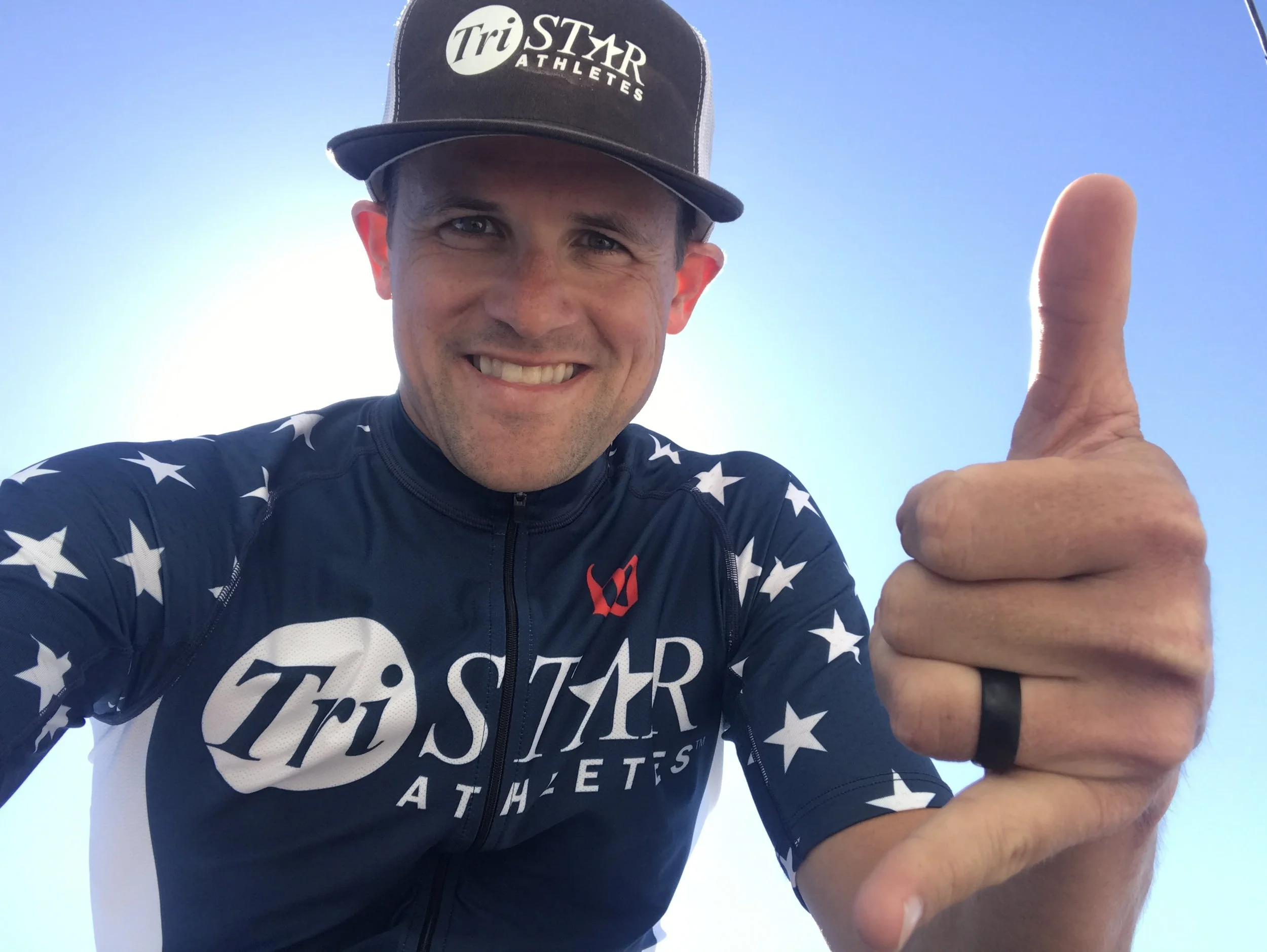Pivotal to your success as an endurance athlete is to optimize your hydration and electrolyte balance for racing and training. We have put together these guidelines based on your race distance, body type and sweat rate.
What is the optimal dosage of salt intake?
Prior to a race merely salting foods will help adequately hydrate you. You do not need to be excessive with both water and salting, simply have a modest amount and this will top you off. (example would be salt on your meals and or salty pretzels the day before)
Follow our chart and guidelines below for total quantities of sodium in mg/hr. Note that more is not more and less may not be enough. The right amount is in fact individualized and needs to be tested out during training. (Coaches Tip: You should help document and practice your intake during training as well as how you felt overall.) Salt helps motivate water into our bodies cells and when things are operating normally and well the stomach fills and empties at a sustained rate for performance.
What are the preferred types of salt for racing? We recommend Salt Stick brand and Base Salts as two go to options. Salt stick packs a lot more salt and electrolytes (Good for larger athletes and more salty sweaters in hot conditions) and base salts are great to motivate you to drink by causing thirst mostly in the mouth when they are consumed.
How do I know if I need more salt or less?
During training if you are feeling “thirsty” its time to drink more…. look for your bodies cues there, such as a dry mouth.
Need more salt? If you are seeing excess salt caked on your clothes during racing or training you should consume more salt. Note that salt pills for longer endurance events would be key in this case. (Start on the upper end of our chart)
When you are training you tend to create a “lake” beneath you. Often times on the trainer when cycling you need to “mop up” throughout the training session so you dont float away! (more salt is needed here.)
Needing less? You are peeing often, every 20 to 30minutes and the stomach is full or “sloshing”. Note that a full stomach may also be a sign your are not taking enough sodium and water is collecting in the gut.
If you are peeing regularly ~ 30-90minutes you are in a good spot with hydration and electrolytes. If you are >90minutes its times to drink up!
How do I know if I am overdoing it?
Hyponatremia; this may occur if you do not take in enough sodium and as a result the water builds up in the cells and body. Common causes may be dizziness, nausea and vomiting. (Note these issues can cause problems for incoming nutrition and shut down the small intestine. Hyponatremia is more rare than it is common.
Too much salt? This is harder to do.. and has less downside. In general, if you take too much salt you will pass it. However, in some more extreme circumstances our coaches have seen the stomach “shut down” and not process foods and fluids. When this happens performance can suffer and again this underscores the importance of getting it right versus going into extremes of salt and fluid intake just to cover your bases…
In some instances, post race you may retain water and find edema in your skin. This may be a sign that you have taken on too much salt. … if you gained weight during training or racing this may be a sign you are retaining water and perhaps not enough salt to pass the fluids.
Rare but noted; In some cases for extreme events such as an Ironman, swelling and edema may be due to muscle damage (Rhabdomyolysis) and not electrolyte excessiveness. (Best to consult a physician at this point).
Cramping and replenishment
Cramping of the muscles can be due to extreme and excessive activity on the muscles and at times may not be due to hydration/electrolyte depletion but more so on total load on the working muscles. Athletes who have not properly acclimated to hill workouts and do more training than what their body can handle can see cramping as a result.
Cramping due to inadequate hydration; not taking in enough fluids is the main cause of muscle cramps. Often times this is due to an athlete not taking enough salt in their racing or training drinks/supplementation to motivate them to take on fluids.
Ongoing and regular cramping days later…. This more sinister outcome is due to severe electrolyte depletion and when recovery is inadequate. Larger athletes > 180lbs can experience this when training or racing in hot conditions where their working muscles are depleting salts at a higher rate. Post workout if salt is not a priority there is the chance that severe cramping can happen in the next training session and beyond until the body has been stocked up. In this case we recommend the athlete to take extra salt pills after the session and even the morning the day after to help refill the bodies salt needs.
Other factors
Most sport drinks are nor high or low but modest in their electrolyte profiles (Think one size fits most). The goals should be during training to modify to your body size / type and conditions.
Sports nutrition often has added sodium which can count towards your total sodium hourly goals.
Just drinking water when sweating a lot dilutes your sodium levels, which can impact performance.
Maintaining sodium levels in your blood is critical to performing at your best.
Everyone loses a different amount of sodium in their sweat, from as little as 200mg/liter to as much as 2000mg/liter!
Get a massage? yes in some instances overworked muscles need to be massaged to release lactic acid and also return healthy blood flow to working tissues. This can help to push quality nutrients (Salt and H2O) back into the muscles.
Nailing this key component to your racing nutrition can lead to huge raceday gains especially the longer the race gets! Good luck out there from the Tristar Coaching team.












